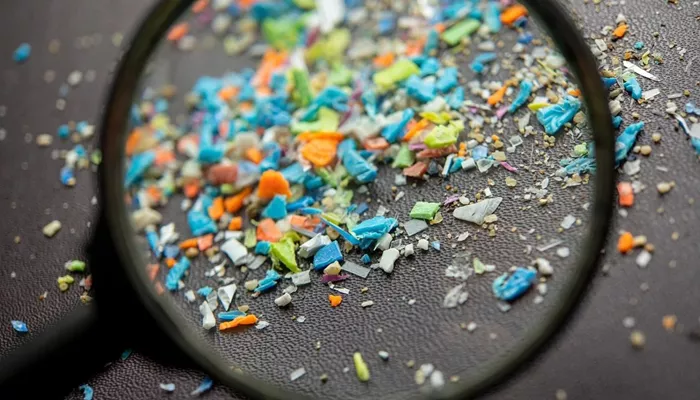A recent study suggests that the brain may accumulate higher levels of microplastics than other organs in the body. The research, led by scientists from the University of New Mexico Health Sciences Center, Oklahoma State University, Duke University, and La Universidad del Valle en Cali, Colombia, focused on analyzing tissue samples from 47 cadavers.
Published on Monday in Nature Medicine, the study revealed that brain tissue contained significantly more microplastics compared to the liver and kidneys—about 10 times more. On average, researchers found 4,800 micrograms of microplastics per gram of brain tissue. This amount is roughly equivalent to the microplastics found in a standard plastic spoon.
Despite the alarming findings, experts stress that the results should not yet raise major concerns. Dr. Stephanie Widmer, a medical toxicologist and emergency medicine physician who was not involved in the study, told ABC News that the presence of microplastics in human tissue is not new. “Microplastics are widespread in our environment, and this is not the first study to detect them in human tissues,” she explained. “However, we still do not fully understand the health implications.”
The study did not determine the specific health risks posed by microplastics in the bloodstream. Dr. Widmer emphasized that while microplastics may be linked to certain health issues, the full extent of their impact on human health remains unclear. More research is needed to better understand the potential effects.
Additionally, the study found higher levels of microplastics in brain samples from individuals with dementia. Researchers suggested that these particles may have accumulated in blood vessels and immune cells, though the study did not establish a direct link between microplastics and dementia.
Dr. Widmer noted that the study does not prove that microplastics cause dementia. “The researchers are not claiming that microplastics directly cause diseases like dementia,” she said. “This is an important finding, but further research is necessary to understand its significance.”
The study also compared current data with a similar study conducted in 2016. Researchers noted a possible 50% increase in the amount of microplastics in brain tissue, which may suggest higher environmental exposure to microplastics over time.
Polyethylene, the most common type of plastic found in items ranging from containers to medical devices, made up 75% of the microplastics detected in the brain samples.
While the study’s findings are significant, researchers acknowledged that their methods may have missed smaller particles or misidentified certain materials. The small sample size also limits the ability to draw broad conclusions about how the body processes microplastics.
“This area of research is still in its early stages,” Dr. Widmer said. “Although there is evidence of a high burden of microplastics in human tissue, these numbers may not be entirely accurate, and the authors themselves recognize these limitations.”
Read more:
- The 8 Best Vitamins For Hormonal Imbalance
- How Exercise Can Improve Your Sleep And Reset Your Body Clock?
- The X Factor In Brain Aging: Uncovering How Men And Women Experience Cognitive Decline Differently


